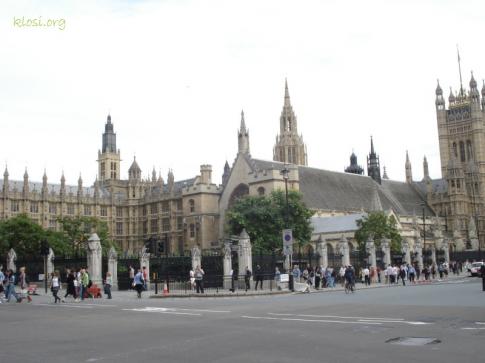Latest News
Climate change ups flood risk to U.K.'s nuclear sites

Experts suggested that the main worry was that flooding would cause nuclear waste to leak. “Sea level rise, especially in the southeast of England, will mean that some of these sites will be under water within 100 years,” said David Crichton, a flood specialist and an honorary professor at the hazard research centre in University College London.
Rob Edwards
As many as 12 of Britain's 19 civil nuclear sites are at risk of flooding and coastal erosion because of climate change, according to an unpublished government analysis obtained by the Guardian.
Nine of the sites have been assessed by the Department for Environment, Food and Rural Affairs (Defra) as being vulnerable now, with others in danger from rising sea levels and storms in future decades. They include all of the eight sites proposed for new nuclear power stations around the coast, as well as numerous radioactive waste stores, operating reactors and defunct nuclear facilities.
Two of the sites for new nuclear stations are said to have a “high risk” of flooding now: Sizewell in Suffolk, eastern England, and Hartlepool in County Durham, north east England, where there are also operating reactors. Shutdown and running reactors at Dungeness in Kent, south east of London, are also classed as currently at high risk.
Another of the sites most at risk is Hinkley Point in Somerset, on the south west coast of England, where the first of the new nuclear stations is planned and there are reactors in operation and being decommissioned. According to Defra, it already has a “low” risk of flooding, and by the 2080s will face a high risk of both flooding and erosion.
Other new reactor sites that face some risk now and high risks by the 2080s are Oldbury in South Gloucestershire, western England, and Bradwell in Essex in the east of England. The huge old nuclear complex at Sellafield in Cumbria, northwest England, is said to face a “medium risk” of flooding now and in the future. The analysis was conducted by officials from Defra's floods and coastal erosion team as part of a major investigation into the impacts of climate change on the U.K. But when the results were published in January, only summary numbers for the 2080s were mentioned and no individual sites were named.
Under information legislation
Defra has now, however, released its full analysis in response to a request under freedom of information legislation. As a result, the department's assessments of the risks faced by individual sites can be disclosed for the first time.
Many of the nuclear sites date back to the 1950s and 1960s, and are unlikely to be fully decommissioned for many decades. Seven of those containing radioactive waste stores are judged to be at some risk of flooding now, with a further three at risk of erosion by the 2080s.
Experts suggested that the main worry was that flooding would cause nuclear waste to leak. “Sea level rise, especially in the southeast of England, will mean that some of these sites will be under water within 100 years,” said David Crichton, a flood specialist and an honorary professor at the hazard research centre in University College London.
“This will make decommissioning expensive and difficult, not to mention the recovery and movement of nuclear waste to higher ground.” The French nuclear company EDF Energy was confident that all its nuclear sites were “adequately protected” against storms and floods. “Without these arrangements in place the regulator would have the authority to close us down,” said a company spokeswoman.
Reports by the government's Office for Nuclear Regulation since the Fukushima nuclear accident a year ago had confirmed the “fundamental safety” of Britain's nuclear plants, she added. “Protection from flooding has also been factored in to our new build plans and will be covered by a robust regulatory regime, should consent be granted.” The Nuclear Decommissioning Authority (NDA), the government body responsible for dismantling old nuclear plants, pointed out that the flood risks at every site were reviewed at least every 10 years. New climate change hazards were likely to emerge slowly giving “time to develop and implement credible solutions”, said an NDA spokesman.
He continued: “Existing power stations are designed with flood protection measures to protect against a one-in-10,000-year flood event and current planning requirements state that new nuclear plants are also designed to take account of climate change impacts.” But Greenpeace accused the government and nuclear industry of covering up the real extent of the risks from flooding and erosion. “It makes you wonder what other important information about the safety of our nuclear plants the government and (power utility) EDF might be hiding,” said the group's chief scientist, Doug Parr. — © Guardian Newspapers Limited, 2012
Rate this article




 del.icio.us
del.icio.us Digg
Digg

Post your comment